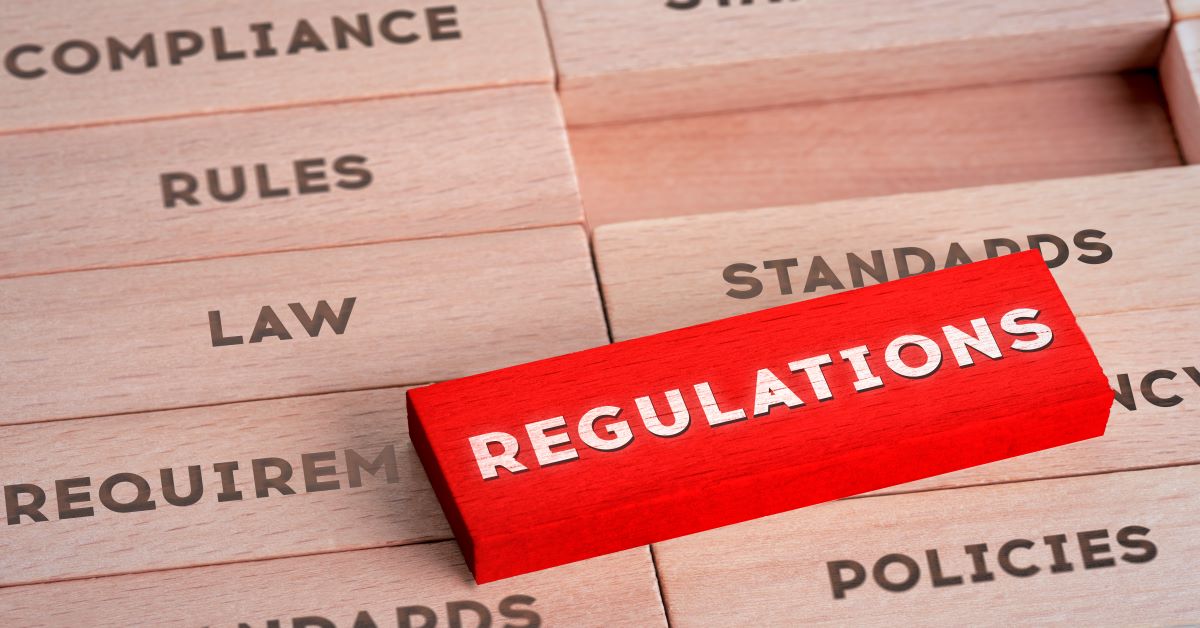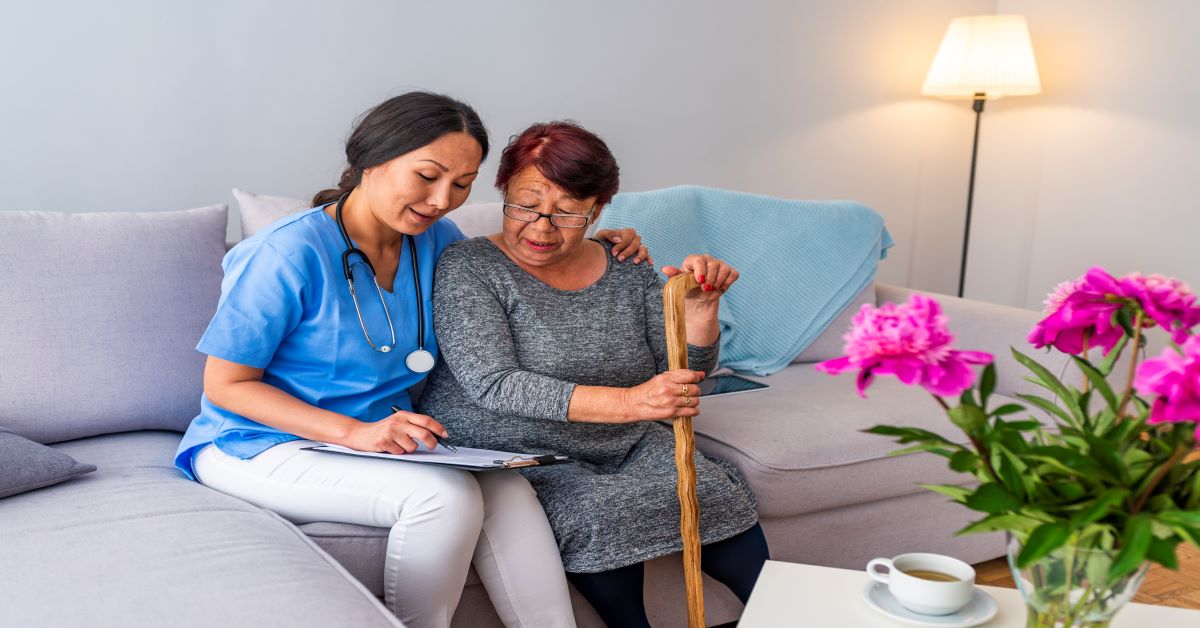04 Jan Retired Homecare Workers Fill Void in National Caregiver Shortages
National Shortage of Home Care Workers Drives Agencies to Recruit Retired, Aged Workers
Agencies & organizations providing home health and home care in the U.S have felt the brunt of a growing shortage of able and qualified workers at an increasing pace over the last few years. With competition from other more lucrative industries siphoning off younger freshly educated potential workers, Home Health agencies have been turning to a seemingly unlikely source, in retired workers. While many of these workers may carry higher associated costs such as healthcare of their own, the level of skill, patient care, and professionalism has driven many home health care organizations to increase recruitment from this pool of the former fulltime workforce.









